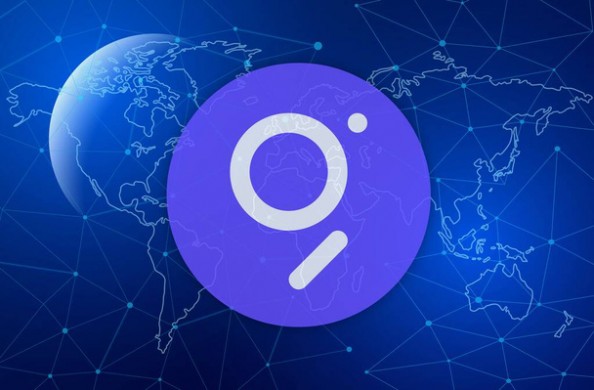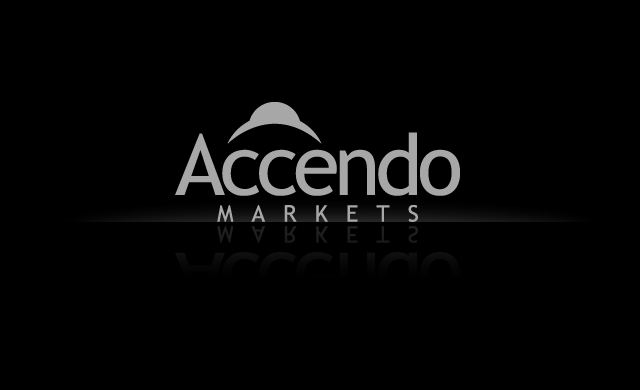In 2017, three software developers—Yaniv Tal, Jannis Pohlmann, and Brandon Ramirez—came together, driven by a shared frustration: accessing data from blockchain networks was exceptionally difficult. Although they recognized blockchain’s potential, extracting valuable information from it was a daunting task. This mutual challenge inspired them to create “The Graph,” a pioneering project aimed at solving this issue.

Initially focusing on Ethereum, The Graph quickly gained traction and expanded to other blockchains, including Polygon, Avalanche, and Binance Smart Chain. With each integration, they moved closer to building a unified platform capable of retrieving data from any blockchain.
A breakthrough came in December 2020 with the launch of The Graph’s mainnet. This milestone was transformative, as they achieved the decentralization of both indexing and querying processes—something previously thought unattainable.
Today, The Graph has become a crucial part of blockchain infrastructure, powering numerous applications and making decentralized data more accessible. What started as a personal solution to their challenges has now become an indispensable tool for developers pushing the boundaries of innovation in the Web3 space.
Market Analysis
To assess the financial potential of GRT, it’s crucial to understand the target audience for the project, as well as the market size and growth potential. Let’s break down these factors below.
Problem Addressed: Accessing on-chain data when building decentralized applications (dApps) is often inefficient. The Graph addresses this issue by providing a decentralized indexing protocol equipped with a powerful query language that allows developers to retrieve and analyze blockchain data seamlessly.
Target Customers: The primary users of The Graph protocol are developers and teams involved in building dApps on blockchain platforms. They leverage The Graph to efficiently access and query on-chain data for a variety of applications.
Value Creation: By eliminating the need for developers to build and maintain their own data servers and indexing systems, The Graph reduces operational costs. This allows teams to allocate resources toward core development and accelerate product launches.
Market Structure: The demand for decentralized indexing and querying solutions is emerging, and The Graph has positioned itself as the leading player in this new market.
Market Size: The market potential for The Graph is vast, especially as it continues integrating with additional blockchain networks. Currently, The Graph serves over 75,000 projects and processes more than 1.2 trillion queries, highlighting its growing role in the blockchain ecosystem.
Competitive Advantage
Another key factor to consider is how strong The Graph’s competitive edge is, and can this project hold off rivals.
Technology/Blockchain Platform: The Graph is built on well-established blockchain platforms, including Ethereum, Polygon, and Avalanche.
Lead-Time Advantage: As the first decentralized protocol focused on indexing and querying blockchain data, The Graph benefits from first-mover advantage and has cemented its position as the leader in this niche.
Partnerships and Networks: The Graph has formed strategic alliances with reputable projects, such as Chainlink, showcasing a robust network of industry connections.

Token Mechanics
One must also examine if the token is built suitable for long-term investment. Let’s do that below:
Token Necessity: GRT serves as a utility token for The Graph ecosystem. Network participants earn GRT as rewards, and consumers use GRT to pay for data querying services.
Value Proposition: While GRT functions similarly to other utility tokens, it supports the unique ecosystem within The Graph.
Governance and Decentralization: The Graph is primarily overseen by the Graph Council, composed of stakeholders, with the community playing a role in decision-making through The Graph Advocates DAO.
Token Supply: GRT launched with an initial supply of 10 billion tokens and maintains a 3% annual inflation rate.
Public Exchange Availability: GRT is listed on major exchanges, including Binance, Coinbase, and KuCoin.
Product Launch: The Graph has been fully operational since its mainnet launch in 2020.
User Adoption
Growth Potential: How easily can The Graph expand its user base?
Technical Complexity: Although The Graph is highly technical, it is designed with developers in mind. By consistently delivering reliable performance and broadening its support to more than 40 blockchain networks, The Graph has successfully attracted new users.
Halo Effect: The project benefits from the backing of well-known institutional investors, including Tiger Global Management and Cynegetic Investment Management, who have collectively raised over $60 million in support of The Graph, enhancing its reputation and credibility.
Conclusion
The Graph’s first-mover advantage in decentralized data indexing places it in an ideal position to leverage the industry’s growth. With approximately 75,000 projects using The Graph network, its traction is evident. This is underscored by a notable increase in demand-side revenue in 2024, indicating rising market interest.
However, The Graph also faces certain challenges. Its market cap saw a significant decline in 2024, underscoring the high volatility of the sector. Additionally, while it currently dominates the decentralized data indexing space with minimal competition, the potential for new entrants to disrupt its position remains a concern.
Overall, The Graph appears to be a promising investment opportunity, supported by its first-mover advantage and extensive adoption.
Learn from market wizards: Books to take your trading to the next level.

 Hot Features
Hot Features













